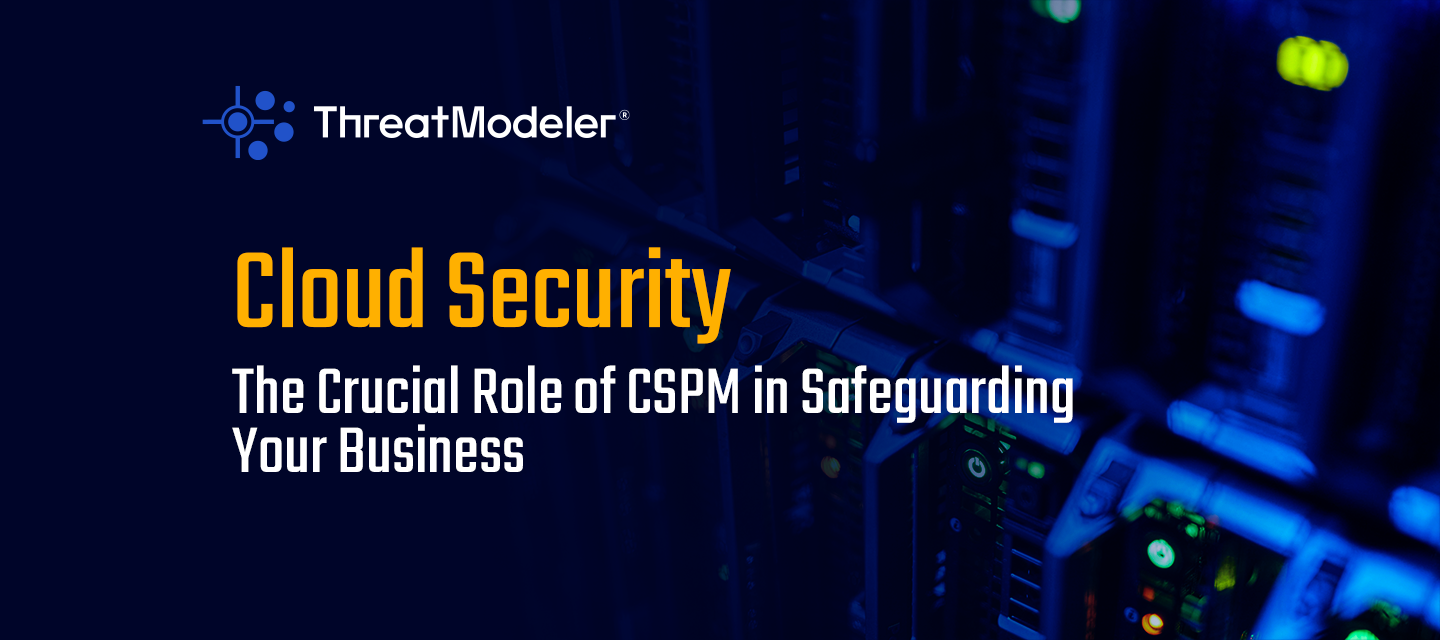Ever pondered why businesses are migrating to the cloud? Let's discuss and be a bit more detailed about this concern. Shifting to the cloud isn't just a move; it's a strategic game-changer, unlocking agility, cost-effectiveness, and innovation. As organizations embrace cloud services, the security landscape is becoming more complex. While data breaches are unfortunately commonplace, a significant portion of security incidents are happening because of cloud misconfigurations and human errors. This necessitates a proactive defense mechanism – and that's precisely where CSPM comes into play.
Before going into details of what CSPM is, Let us first understand what is a cloud security misconfiguration.
A cloud security misconfiguration refers to the improper configuration of security settings within a cloud computing environment. It occurs when the settings, permissions, or access controls applied to various cloud services and resources are not appropriately configured. Which leads to vulnerabilities that could be exploited by attackers. These misconfigurations can result from human error, lack of awareness, or oversight in managing the security aspects of cloud infrastructure. Below are some key aspects of Cloud Security Misconfigurations:
- Access Controls: Misconfigurations related to access controls involve issues with user permissions and roles. For instance, granting excessive permissions to a user or failing to revoke unnecessary access can lead to unauthorized individuals gaining entry to sensitive data or resources.
- Data Encryption: Misconfigurations in data encryption settings may expose sensitive information. If data is not properly encrypted, it could be susceptible to interception or unauthorized access during transmission or while stored in the cloud.
- Storage and Database Settings: Leaving storage containers open to the public or failing to implement proper authentication on databases can result in data exposure and potential breaches.
- Network Security: Misconfigurations in network security settings may allow unauthorized access to communication channels. For example, improperly configured firewalls or network rules might enable attackers to infiltrate the network and compromise data integrity.
- Identity and Access Management (IAM): Misconfigurations in IAM settings can lead to compromised user accounts or privilege escalation. If there are loopholes in authentication processes, attackers might exploit these weaknesses to gain unauthorized control.
Capital One Data Breach (2019):
In one of the largest cloud-related breaches, a misconfiguration in a web application firewall (WAF) allowed an attacker to access sensitive customer data stored on Amazon Web Services (AWS). The misconfiguration exposed an excessive level of permissions, enabling the unauthorized extraction of personal information for millions of customers.
As we have understood what cloud security misconfiguration is, let’s move forward and discuss what CSPM is and why it is important.
Cloud security posture management (CSPM) is a type of automated software tool that identifies security risks in cloud infrastructure. CSPM identifies and mitigate risks by
- Automating visibility
- Continuous monitoring
- Threat detection
- Remediation work flows
- Hardening Guidance
As we now know what CSPM is. Let us move forward and discuss why it is necessary to have CSPM.
The necessity of CSPM arises due to the challenges posed by the interconnected, dynamic and remote nature of cloud infrastructure. CSPM is a strategic solution that not only addresses the complexities of securing cloud deployment but also empowers organizations.
- The interconnected nature of cloud infrastructure with the Internet exposes organizations to a number of cyber threats. The global reach of the Internet means that potential attackers can come from anywhere in the world. CSPM is necessary to identify and address security risks arising from this connectivity.
- In the dynamic landscape of business needs, cloud infrastructure often becomes complex, incorporating various services across multiple cloud providers. This multi-cloud complexity introduces challenges in maintaining visibility and control. CSPM is essential to streamline security efforts and provide a unified view of security postures across diverse cloud environments.
- Cloud services are subject to continuous change, with organizations adding, expanding, or removing compute, storage, and software services based on requirements. This changing environment makes it challenging to manually keep track of security configurations. CSPM automates security management, ensuring that as the cloud environment evolves, security remains robust and up-to-date.
- Cloud infrastructure operates in remote data centers, making it similar to managing a property from a distance. This geographical separation poses visibility challenges. Which makes it difficult for organizations to monitor and control their cloud assets. CSPM provides the necessary oversight, allowing organizations to maintain visibility and enforce security measures even in remote data center environments.
- Meeting compliance standards is a crucial aspect of business operations, especially in industries with stringent regulations. CSPM is necessary to automate compliance checks, ensuring that cloud configurations adhere to regulations like the Health Insurance Portability and Accountability Act (HIPAA), and the general data protection regulation (GDPR). This not only facilitates regulatory compliance but also strengthens the overall security posture.
- Cloud service providers typically follow a shared responsibility model, where certain aspects of security are managed by the provider, and others fall under the responsibility of the organization. Security configurations, however, remain predominantly in the hands of the organization. CSPM is essential in navigating this shared responsibility model, allowing organizations to implement and enforce security measures effectively.
- CSPM tools are designed to alleviate the manual effort required for securing complex cloud deployments. By automating security processes, organizations can reduce the burden on security teams and ensure that security configurations are consistently applied across diverse cloud environments.
To know how threat modeling strengthens CSPM click here
As the importance of cloud infrastructure is increasing, the need for Cloud Security Posture Management is evident. As businesses' reliance on cloud services is accelerating, CSPM tools emerge indispensable in fortifying the cloud security landscape. CSPM provides robust, automated defense against the dynamic and escalating threats inherent in cloud environments. As technology keeps advancing, CSPM becomes even more crucial in keeping our cloud systems strong and secure.

